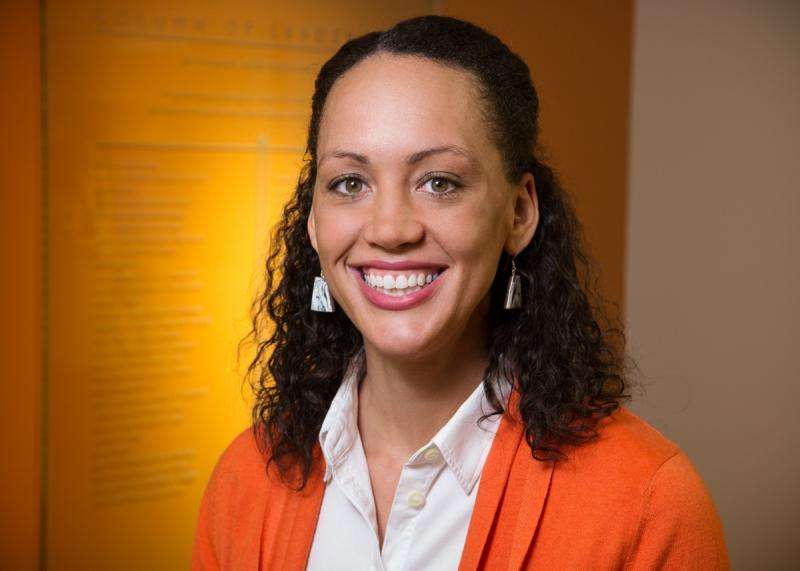Health care, research failing to adapt to US's growing multiracial population

Multiracial people who change their racial identity from a single race to multiracial over time may be healthier than their minority peers who consistently identify as monoracial, new research suggests.
Despite the U.S.'s rapidly growing population of multiracial individuals, researchers and health care systems continue to use outdated approaches to racial categorization that force people to classify themselves as monoracial, which may be masking the incidence of health conditions and obscuring disparities in health care access and utilization among multiracial populations, a University of Illinois scholar said.
Social work professor Karen M. Tabb Dina is the lead author of two recent studies that explored issues of racial identity and its impact on health care access and utilization among nearly 8,000 U.S. young people.
The subjects in both of Tabb Dina's studies were participants in the National Longitudinal Study of Adolescent Health, one of the first surveys to allow respondents to identify themselves as multiracial using two or more racial categories, Tabb Dina said.
Participants in the Adolescent Health survey were asked about their racial background during the first wave of data collection in 1994 and again during the third wave, conducted in 2002.
Of the 7 percent of participants identified as multiracial at either wave, only 20 percent of these people selected the same racial categories both times, Tabb Dina found.
The remaining 80 percent of multiracials were either diversifiers - who switched from monoracial initially to multiracial later - or consolidators, who selected multiple racial categories originally, but switched to a single category later.
While the overwhelming majority (92 percent) of respondents consistently identified as monoracial, 2 percent of this group switched from one racial category to another, Tabb Dina found.
Diversifiers were more likely to rate their health status as "good," "very good" or "excellent" compared with their minority monoracial peers, Tabb Dina and her colleagues found in a related study, published recently in Ethnicity and Health.
When comparing these same samples' access to and utilization of health services in 2008, when participants' ages ranged from 24-33, Tabb Dina found that multiracial individuals of black-white or black-Native American ancestry were significantly less likely to utilize primary care health services - disparities that remained even when Tabb Dina adjusted for health insurance status.
Co-authors on that paper were Christopher R. Larrison and Shinwoo Choi, both of the University of Illinois; and Hsiang Huang, of Harvard Medical School.
Although the Pew Research Center recently reported that the U.S. population of mixed-race adults is growing three times faster than the rest of the population as a whole, health care providers and researchers have been slow to adapt their data-collection methods to this racial diversity, Tabb Dina said.
"Even now, in 2015, medical record systems only allow patients to identify themselves using one racial category," Tabb Dina said.
Health researchers automatically recode mixed-race patients into the least-status group, Tabb Dina said. For example, patients who indicate they are black and Native American are recoded as Native American.
"By recoding race, we're probably masking the actual health patterns that we need to uncover," Tabb Dina said. "We're not tapping into these patterns and not thinking creatively on how we can address racial and ethnic health disparities. Looking carefully at how people identify themselves can give us more insight into what the underlying problems are and how they differ across racial and ethnic groups."
Developing more nuanced approaches to racial categorization is essential to learning how multiracial individuals interact with the health care system and to addressing usage and outcome disparities, Tabb Dina said.
More information: Karen M. Tabb et al. Disparities in Health Services Use Among Multiracial American Young Adults, Journal of Immigrant and Minority Health (2015). DOI: 10.1007/s10903-015-0289-7
Provided by University of Illinois at Urbana-Champaign















